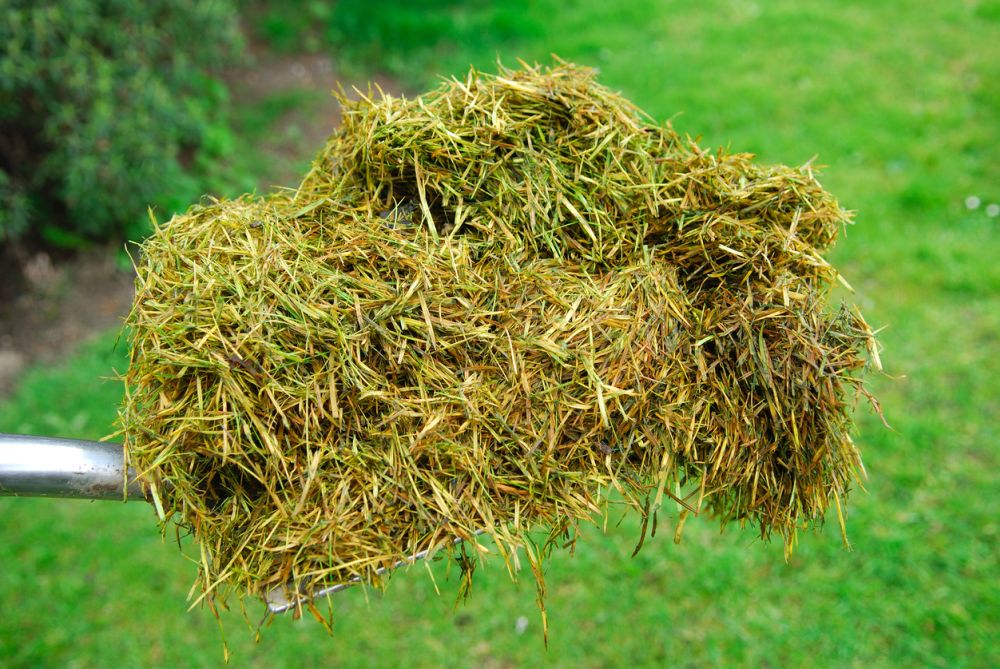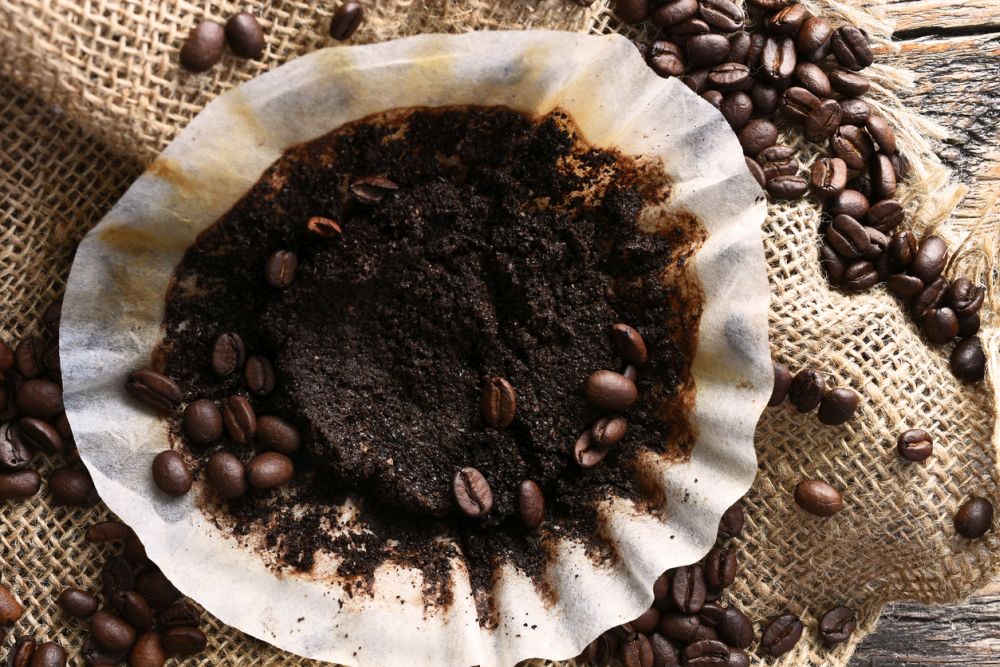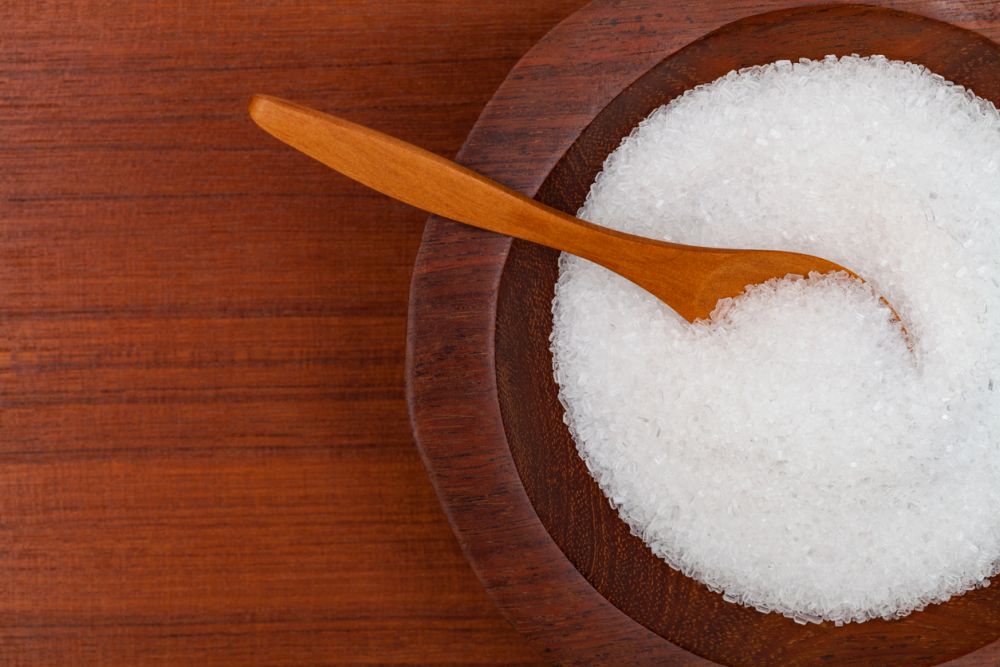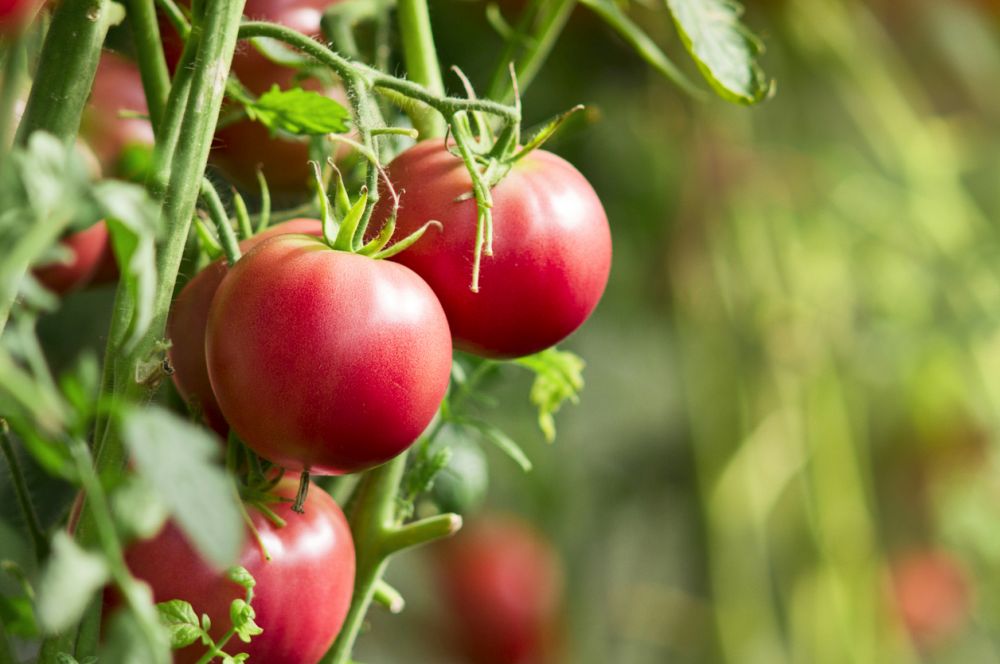5 Best Natural Fertilizers for Tomato Plants
The benefits of using organic over synthetic fertilizer are profuse, especially if you’re factoring in how thin-skinned tomatoes can get. They’re sensitive to chemical fertilizers that make the soil inhabitable for beneficial microorganisms.
The ultimate yield from tomato plants, same as that of other plants grown in home gardens, depends on three essential nutrients—potassium, nitrogen, and phosphorus. And while commercially sold synthetic fertilizers have the same nutrients, you can dodge hurting the environment by using organic materials to feed your tomato plants with the right nutrient composition.
Read on to find what organic options you can work with to make your tomatoes look healthier and free from nutrient deficiencies.
What Nutrients Do Tomatoes Need from Natural Fertilizers?
As we just mentioned, tomatoes will generally need to be fed with organic fertilizers rich in nitrogen, phosphorus, and potassium. Other typical macronutrients tomato plants yearn for to develop euphorically include calcium, magnesium, and sulfur. Calcium, for instance, helps tomato seedlings with the forming of a solid cell structure, while magnesium boosts chlorophyll production, which is needed during photosynthesis.
If you don’t want to spend on a commercialorganic fertilizer, preparing a home-made organic fertilizer would not only be a wondrous and cheap experience but also aim to achieve the same results. But running a soil test before tweaking the soil with all sorts of organic options is quite thoughtful. So, there literary won’t be any need for adding phosphorus if it’s abundantly present in the soil.
Tomato plants need particular nutrients at different growth stages. When you’re transplanting your tomato seedlings, you’ll need to use fertilizer such as bonemeal whichis rich in phosphorus, to help with the development of roots. Once the roots have taken shape, using organic material like wood ash would speed up the growth of stems since it holds high levels of potassium.
The 5 Best Natural Fertilizers for Tomato Plants
#1. Epsom Salt
UsingEpsom Salt on tomatoes helps boot up the blooming phase quite boldly. The fruits will take a bit longer to mature if the soil is deficient in magnesium and sulfur. If you’ve grown tomatoes before, it’s needless to say that magnesium is a catalyst for fruit production. And tomatoes are prone to rotting if the soil lacks this essential nutrient. Epsom salt is one of the most formidable remedies you can cling to if the leaves are turning yellow due to magnesium deficiency.
There’s no better way to deepen the green color and make your tomatoes tastier than using this organic remedy. The best time to use Epsom salt is during the preparation of a nursery for the tomato seedlings. Using 1 tablespoon of Epsom salt for each planting hole should just be enough. You can also dilute the same portion with a gallon of water and spray the solution on the tomatoes using a misting bottle—it quickly gets absorbed through the leaves.
#2. Fish Emulsion
We’d highly suggest using Fish emulsion fertilizer on your tomatoes if you’re looking to transplant them during the growing season. Fish emulsion is nothing complicated. It’s made of parts of fish and carries a 4-1-1 NPK composition which is useful if you’re looking for a foliar feed that’s rich in nitrogen. As you’re probably aware, nitrogen keeps your tomatoes from experiencing stunted growth.
The nitrogen composition extracted from fish emulsion also helps synthesize amino acids, proteins, nucleic acids, and chlorophyll. Topdressing the potting soil with fish emulsion is such a crafty idea since tomatoes can’t make nitrogen on their own. Alongside that, there are other hidden fringe benefits of using homemade fish emulsion that you’d hardly find on commercial products.
It’s made up of useful bacterial microorganisms that help with decomposing and keep the health of the potting soil in good shape. To make the fish emulsion a lot more potent, you can mix one part of fresh fish with a jar of molasses that’s sulfur-free and three parts of sawdust. When using the mixture, make sure to dilute about 1 tablespoon with a gallon of water, then pour the solution on the base part of your tomato plants.
But for faster results, you want to spray the solution on the leaves. And if you feel like going the DIY route seems like a daunting task, you can purchase theconcentrate fish emulsion fertilizer since it still yields a whole bunch of pleasing results. Compared to using compost manure, the nutrients from fish emulsion are absorbed rapidly especially through the leaves. Due to its gibberellin hormones, this solution will let your tomatoes bloom a lot faster than when the flowers are left to emerge naturally.
#3. Coffee Ground Fertilizer
Topdressing the first 2 to 3 inches of the soil with coffee ground fertilizer will help balance the pH by a solid margin. But as a rule of thumb, coffee grounds should not exceed 20 percent of the entire compost. Coffee grounds are composed of minerals such as magnesium, calcium, potassium. The ratio is almost equivalent to the minerals you’d find on other green materials like kitchen waste and grass clippings.
To help the coffee grounds decompose faster, you want to mix them with brown materials such as dead leaves. After spreading about ½ inch layer of the coffee grounds, top-dress it with organic mulch, which helps retain some moisture in the soil. While coffee grounds are a perfect source of nitrogen, they can block air circulation; hence the layer needs to be thin.
#4. Manure
It’s needless to say that tomatoes need fertile soil. Manure enhances growth quite naturally without leaving dreadful side effects on the soil. Using manure is a viable idea if you especially don’t want to kill beneficial microorganisms that help decompose organic matter. And the best part about choosing manure it forms a pliable symbiotic relationship with the microbes responsible for recycling and controlling the essential nutrients suitable for the optimal growth of tomatoes.
While animal manure is generally used for tomato nurseries, don’t get tempted to use manure from pets—it carries high toxicity levels and harmful pathogens that could cause health-related problems to humans. You’re limited to only vegetarian animals such as cows, goats, or horses. Chicken manure is also not recommended for tomato plants.
#5. Grass Clippings Fertilizer
Grass clippings carry about 4 percent nitrogen which is essential for chlorophyll production. Apart from it potential to enhance nutrient, clippings nourish the existence of microorganisms in the garden soil. Using grass clippings fertilizer is somewhat an alternative to vegetable garden mulch since it doesn’t pose any risk of herbicide contamination to the soil from which tomatoes ultimately source their much-needed nutrients.
Biodegradable mulches such as grass clippings help retain moisture in the soil and block weeds from accessing the light. And for the basic fact that grass clippings don’t decompose to form mulch quickly, the amount of nitrogen available won’t be potent enough to ruin the rate of growth for your tomato plants. While your tomatoes are forming fruits, the clippings will have had the grace period to turn into fertilizer.



